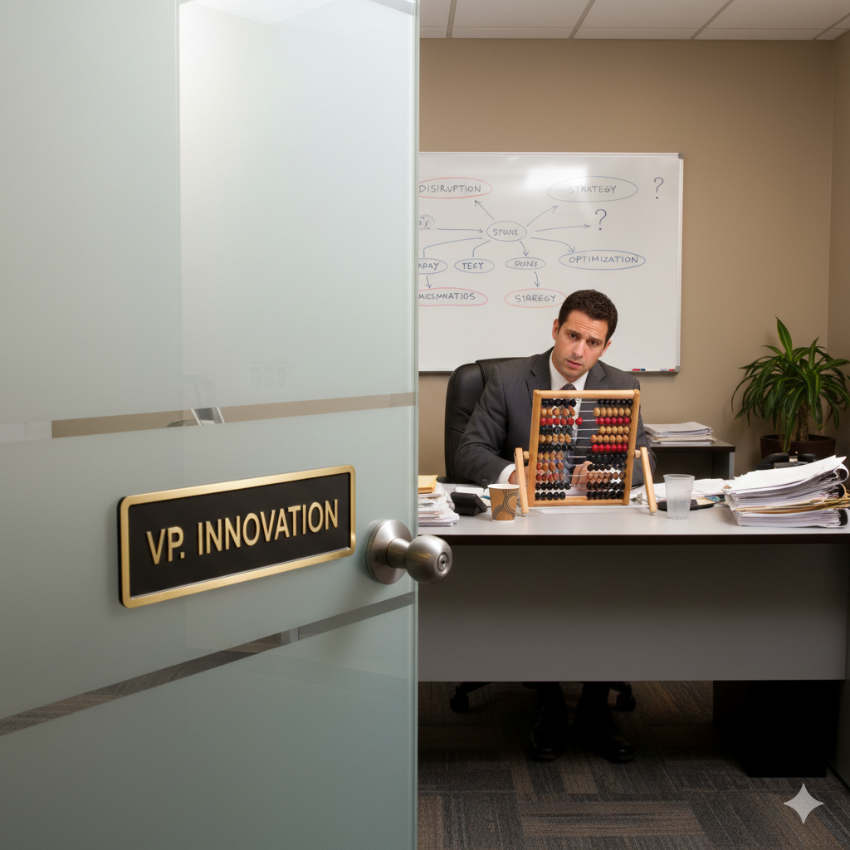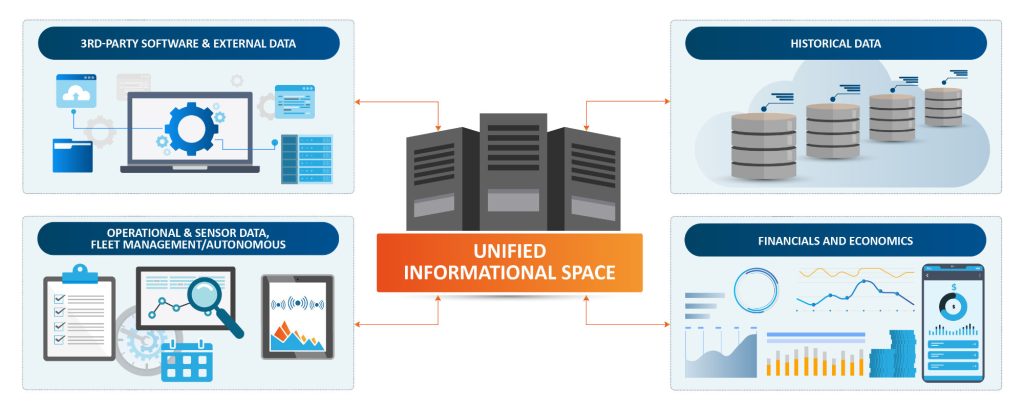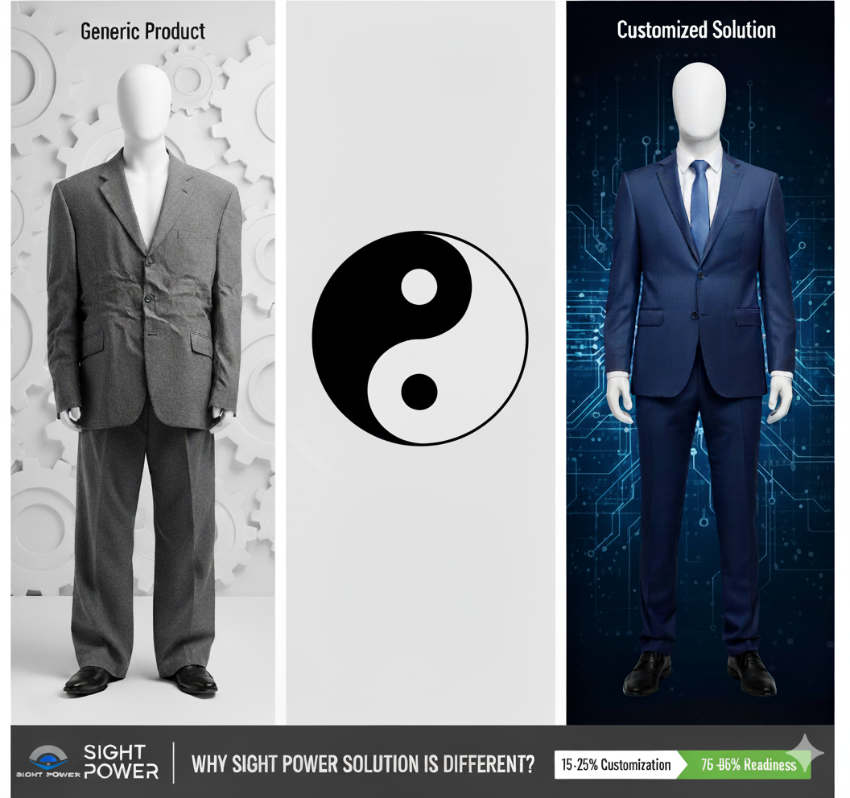Sight Power’s development is focused on the implementation of DIGITAL MINE™ technology solutions. DIGITAL MINE is a system for collecting and processing detailed information about all operations and work processes at the enterprise and combining this information with modeling, monitoring, and distributed sensor systems into a unified corporate solution, based on the flexible Geological & Mining Information Systems (GMIS): Mine Advisor™.
Mine Advisor provides flexible adaptation of existing GMIS tools to match the company’s processes rather than forcing companies to adapt their workflows to the tools as is required by most mining and geological packages.
Interview with Borys Vorobyov, CEO & Co-Founder of SightPower.
What are the most common challenges your clients face before turning to your solutions?
Borys Vorobyov: The digital transformation path we offer to mining and infrastructure enterprise-level clients is neither fast nor simple — it unfolds in stages. It requires gradual changes to workflows, habits, and skillsets. Only after these shifts does the technology begin to deliver its breakthrough benefits.
However, people are naturally resistant to change, especially when the benefits aren’t immediately visible. And because our solutions are “too innovative,” there aren’t many comparable examples we can point to as proof, particularly since each client’s operations are unique.
The irony is that we’re confident our technology will bring multiple advantages to the client. Yet, until we dive into their specific operational context together, we can only make educated guesses about which benefits will matter most to them.
This built-in conservatism — the reluctance to embrace change — is the biggest real challenge we face. It often comes disguised as “lack of budget” or “other priorities,” but at its core, it’s about risk aversion. At the end of the day, mine and infrastructure managers (especially procurement teams at large companies) are hesitant to invest in anything that doesn’t fall into the “must-have” category.
How do you typically discover and define a client’s productivity problem before offering a solution?
B.V: When we’re approached with a request for digital transformation—whatever the client may mean by that—we typically propose an initial “get to know each other” project. This phase allows us to understand the current state of operations and identify areas for improvement.
Specifically, we explore:
- Software and hardware in use: From ERP systems to monitoring and fleet management tools, geological modeling and surveying platforms, planning systems, and beyond.
- Existing workflows: How these are structured, how satisfied the team is with their daily routines, and how accessible and reliable the information they rely on truly is.
- Decision-making data: What data is needed to make effective decisions, and how often intuition substitutes for proper data analysis.
- Pain points: What operational challenges need urgent resolution or improvement.
- Information flow: How consistent, regular, and effective the informational support is for bottom-up reporting and top-down adjustments—from the perspective of those involved.
Once this stage is complete, we’re able to make informed assumptions about bottlenecks and begin shaping an effective informational and operational environment.
Using the insights gathered, we build a comprehensive digital model (often referred to as a digital twin) of the mine site, or in broader cases, the entire mining enterprise. This dynamic model becomes the fulcrum for all subsequent workflow adjustments and digital relays. The term dynamic is key: it reflects the core differentiator of SIGHTPOWER technology. This model evolves continuously, shaped by optimized, digitalized workflows developed in the next stages of implementation.

In what ways do your products directly address these challenges and remove barriers to efficiency?
B.V: As soon as the client has a digital twin of a mining site or an infrastructure asset—integrated with all operational workflows—they gain effective, real-time informational access to the current status of the object, as well as to all ongoing and planned activities. This enables optimization processes, what-if scenario modeling, and variant analytics to be conducted far more efficiently than in environments lacking a comprehensive digital model.
Decision-making also becomes significantly easier, as any report containing data stored within the digital twin can be generated quickly and accurately. The improvements span a wide range of management and operational domains—from ERP-driven strategic planning to micro-level shift planning—thanks to seamless access to all required information. This makes informational exchange across the enterprise both predictable and well-controlled.
What role does innovation (in design, materials, digitalization, automation, etc.) play in transforming client problems into measurable results?
B.V: Digital transformation of a mining enterprise—or any large-scale infrastructure project—is not a process that happens overnight. It unfolds gradually, driving consistent and measurable improvements across all aspects of operations, from internal communication and reporting to production optimization.
Depending on the specific characteristics of the business, various metrics can be used to assess operational effectiveness: from optimal equipment utilization to mine-to-mill optimization, from reducing reporting time to enhancing planning consistency.
Ultimately, the introduction of digital processes leads to improved overall performance, which can be measured through increased production output or the delivery of higher-quality services at optimized costs.

How do you ensure a smooth transition from problem recognition to implementing your solution at the client’s site?
B.V: Since we always begin by creating a digital model—often referred to as a digital twin—of the site, asset, or enterprise, we typically have the opportunity to uncover the client’s pain points, even when they may not be fully aware of them. Establishing a level of mutual trust early on is a key milestone in successfully guiding the organization through its digital transformation journey.
Importantly, the gradual nature of digital transformation allows for a smooth and non-disruptive transition. This approach ensures that the adoption of digital technologies enhances operational efficiency in a sustainable and manageable way.
Do you adapt your products to specific industries or customer needs, and if so, how?
B.V: Given our strong focus on the mining and infrastructure sectors, we tailor our products to meet the specific needs and nuances of these industries. The scale of our value proposition is substantial—it can influence the operational model of an entire enterprise. To help mitigate concerns about potential structural disruptions, especially within mining companies, we often recommend starting with a pilot implementation. This could be at a single site or even within a specific operational area, such as mineshaft inspection.
For smart city projects, a similar approach applies. We might suggest beginning with a particular district or focusing solely on underground utilities, without involving surface infrastructure. There are many ways to initiate the transformation gradually, and we’re always open to discussing scenarios that best align with the client’s comfort level and strategic priorities.

What key metrics do your clients use to measure productivity improvements after adopting your solutions?
B.V: This is a broad and important question—one that could easily warrant a dedicated article on its own. Digital transformation fundamentally reshapes both the horizontal and vertical structures of an enterprise, influencing how operations are conducted across all levels.
As a result, the metrics used to evaluate its impact can vary significantly from one client to another. These metrics depend on the organization’s strategic priorities, industry standards, and even current economic conditions. Understanding and defining the right performance indicators is essential to measuring the success of digital initiatives in a meaningful and client-specific way.
Can you share a concrete example where your product significantly boosted a client’s productivity?
B.V: We have a wide range of successful implementations and can certainly provide testimonials. Just to highlight a few examples:
- We digitally supported the development of mineshafts for Mosaic Co. in Esterhazy, Saskatchewan.
- Our Digital Mine technology has been successfully deployed across three sites operated by Kazakhstan’s leading gold producer, AltynAlmas.
- We introduced our advanced mineshaft inspection technology at Impala Platinum and Northam Platinum in South Africa.
- Using our digital platform, we supported the mitigation and liquidation of catastrophic flooding across several mining deposits in Eastern Europe.
These examples represent just a snapshot of the versatility and power of SightPower’s technology.
How do your solutions not only solve immediate challenges but also support long-term operational efficiency and sustainability?
B.V: Our solutions are purpose-built to support long-term operational efficiency and sustainability—that’s exactly what they’re designed to achieve.
What future client challenges do you anticipate, and how are your products evolving to address them?
B.V: The strength of our digital platform, technology, and methodology lies in their ability to naturally adapt to client needs through consistent and holistic implementation. As they are used, they evolve in alignment with operational realities. The availability of a dynamic digital twin of the enterprise unlocks unlimited opportunities: enabling rapid response to emerging challenges, supporting optimal decision-making under time constraints, and facilitating effective adaptation to changing economic, technological, and business conditions.
We are always open to cooperation. Please contact us: www.sight-power.com

